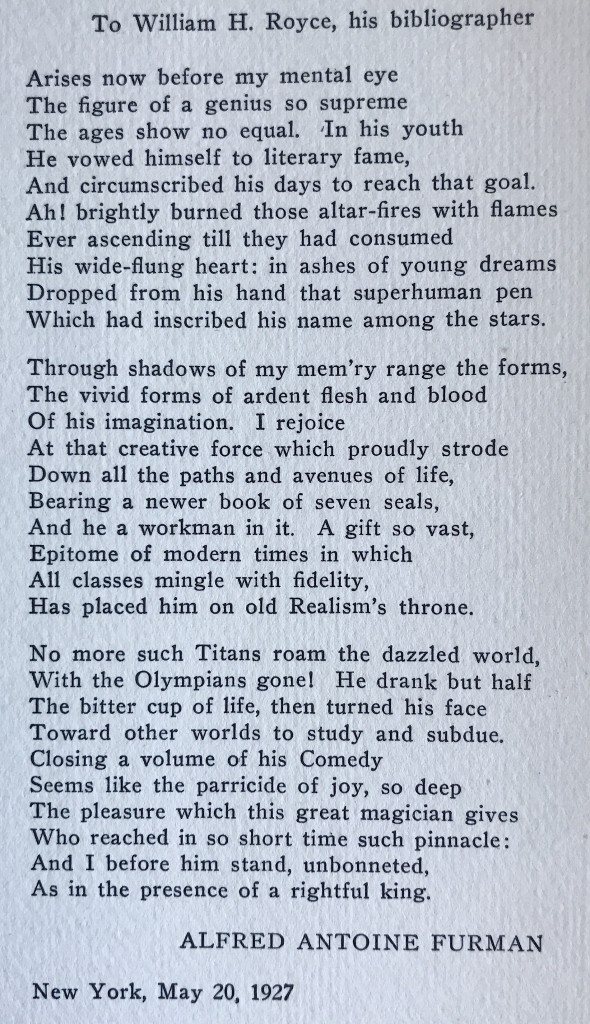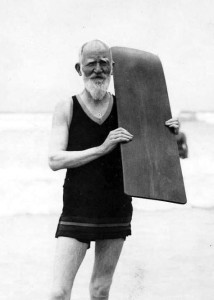Part two—the obscure and the one-hit wonders
Part one dealt with the ‘big names’. Now, we are looking at the lesser fry who nonetheless were best-sellers between 1830 and 1930
G.W.M. Reynolds, The Mysteries of the Courts of London (8 vols, 1848 – 55).
Occasionally to be found in second hand bookshops, but rarely bought. In 1924 the TLSpronounced Reynolds as ‘ by far the greatest and the most fertile of a large crowd of authors who, in their fiction in penny weekly numbers and sixpenny monthly parts, reached a class of the early Victorian community untouched by both Dickens and Thackeray’.
Reynolds’ books were devoured by servants, seamstresses and mechanics, and according to the same TLS reviewer, ‘the circulation must have run into millions’.
Mrs Henry Wood, East Lynne (1861)
Mrs Wood, though not exactly obscure, belongs in the category of popular and bad. A bit like pot noodles. The critic H. W. Garrod found himself crying while reading a copy of East Lynne in a railway carriage. When asked by a fellow passenger what the matter was he replied that he was crying because the book was so bad. By 1900 sales had passed the half million mark. Says it all, really.
Mrs Walton, Christie’s Old Organ(1875)
A religious rather than a lewd tale, now sought after as a result of featuring in the hilarious Bizarre Books.
Fergus Hume, The Mystery of a Hansom Cab (Melboune n.d, but c1888).
A legendary rarity in the annals of book publishing. It first appeared in Australia, but the publisher soon transferred his business to London and formed The Hansom Cab Publishing Company. The first Melbourne edition of 5,000 copies sold in a week; the first London edition of 25,000 went in three days. All traces of the first edition have vanished, according to Desmond Flower, which seems extraordinary. The earliest known copy, which is marked 100,000, was issued by The Hansom Cab Publishing Company, n.d. The book is still sought after. See abebooks.com Continue reading

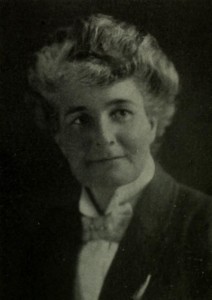

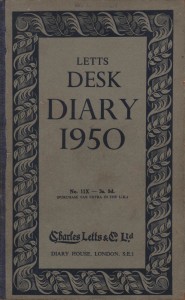

 The front part is a short record of travels in Germany and Belgium in which the anonymous male diarist, who is accompanying his mother, at one point tells us that he was born in 1802, is very scathing about the appearance of most of his travelling companions. In one instance he remarks that the young son of the parson in the party ‘seemed to be as ugly as his father and as vulgar as his cousin’. He is singularly unimpressed by most of the foreigners he encounters along the way. For instance, he notes that his fellow diners at the Table d’Hote, were ‘12 disgusting looking Germans who luckily eat enormously & spoke little ‘. The following evening diners at the same table were’ rather more disgusting in their appearance & manner of eating than the day before ‘. Predictably, he is also critical of the meals he is obliged to eat and the inns that serve and accommodate him. In one inn he accuses the landlord of serving him a dish of greyhound puppy. Our diarist certainly places himself above the common lot. He seems knowledgeable about art and is a little snooty regarding the collections he views, suspecting that most of the paintings were copies from the masters. More positively, he is often ecstatic about the scenery and buildings he encounters and he particularly praises cathedrals and castles. We yearn for more, but unfortunately, the diary stops abruptly after thirty pages.
The front part is a short record of travels in Germany and Belgium in which the anonymous male diarist, who is accompanying his mother, at one point tells us that he was born in 1802, is very scathing about the appearance of most of his travelling companions. In one instance he remarks that the young son of the parson in the party ‘seemed to be as ugly as his father and as vulgar as his cousin’. He is singularly unimpressed by most of the foreigners he encounters along the way. For instance, he notes that his fellow diners at the Table d’Hote, were ‘12 disgusting looking Germans who luckily eat enormously & spoke little ‘. The following evening diners at the same table were’ rather more disgusting in their appearance & manner of eating than the day before ‘. Predictably, he is also critical of the meals he is obliged to eat and the inns that serve and accommodate him. In one inn he accuses the landlord of serving him a dish of greyhound puppy. Our diarist certainly places himself above the common lot. He seems knowledgeable about art and is a little snooty regarding the collections he views, suspecting that most of the paintings were copies from the masters. More positively, he is often ecstatic about the scenery and buildings he encounters and he particularly praises cathedrals and castles. We yearn for more, but unfortunately, the diary stops abruptly after thirty pages.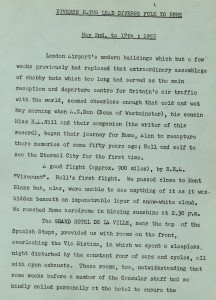
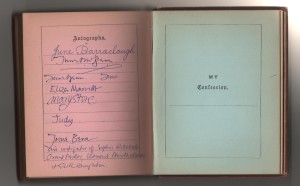


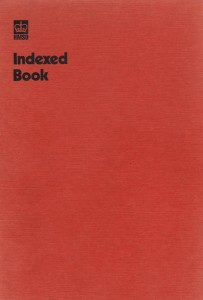 Most of the Common-Place books you find in auctions or second-hand bookshops date from the nineteenth century—usually before about 1860—and are dull, dull, dull! They invariably contain passages from history books, books of sermons, and extracts from poems by Felicia Hemans and Robert Southey. Often they are illustrated by amateurs who like to think they can draw. Occasionally there are exceptions to this rule, but these rarely surface. So it’s nice in this Age of the Internet to find a Common –Place book that contains some information that is not always easy to find using Google. Such is the volume that we at Jot HQ discovered in a box of ephemera the other day.
Most of the Common-Place books you find in auctions or second-hand bookshops date from the nineteenth century—usually before about 1860—and are dull, dull, dull! They invariably contain passages from history books, books of sermons, and extracts from poems by Felicia Hemans and Robert Southey. Often they are illustrated by amateurs who like to think they can draw. Occasionally there are exceptions to this rule, but these rarely surface. So it’s nice in this Age of the Internet to find a Common –Place book that contains some information that is not always easy to find using Google. Such is the volume that we at Jot HQ discovered in a box of ephemera the other day.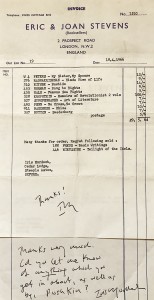
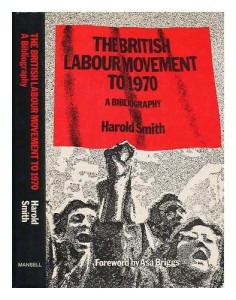
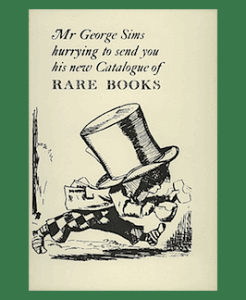
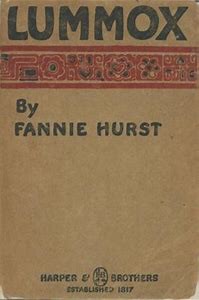 Banned books: No 12: Lummox by Fannie Hurst
Banned books: No 12: Lummox by Fannie Hurst
